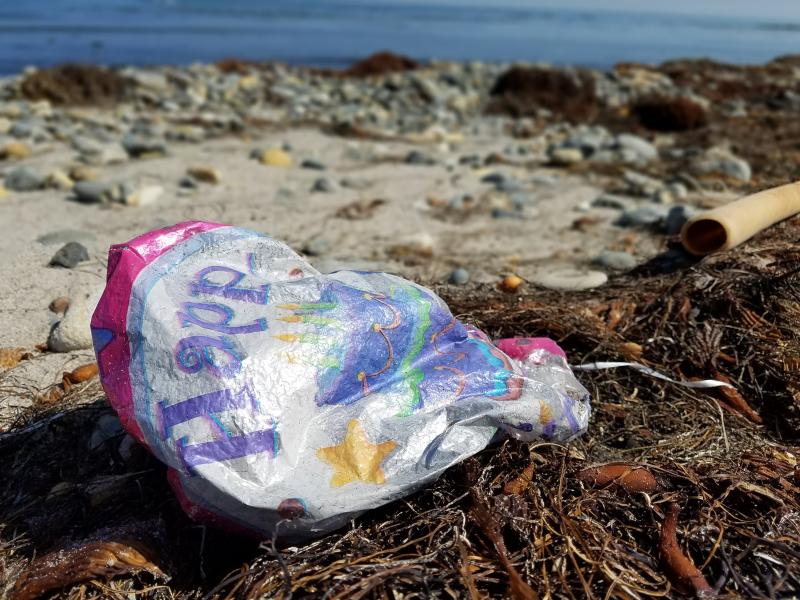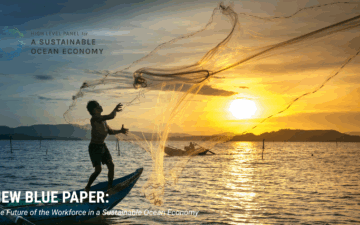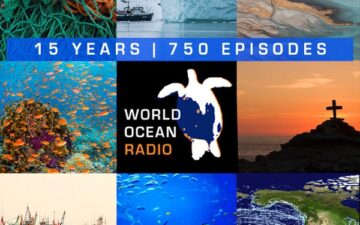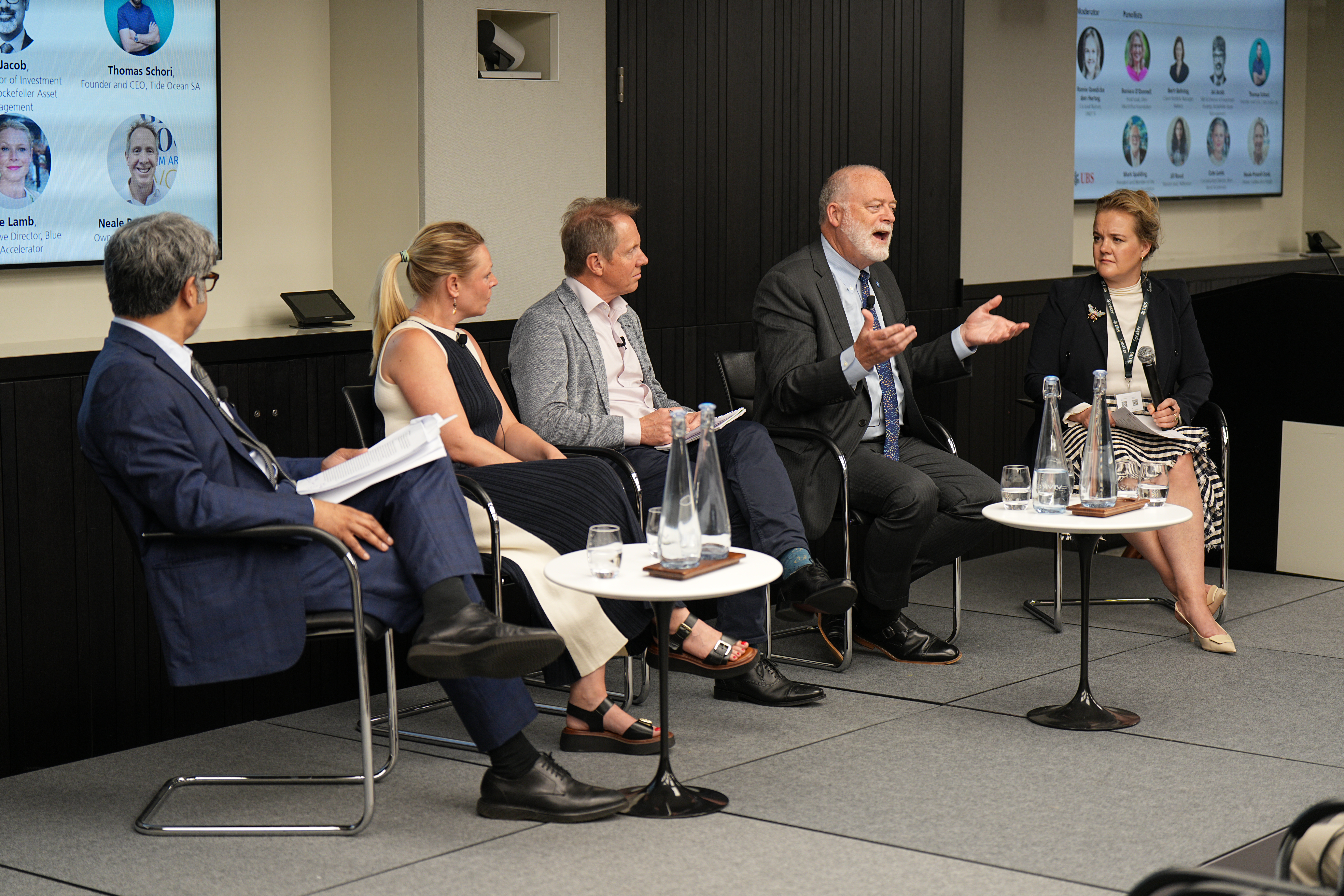It seems at once hopeful and dramatic: Dozens, even hundreds of brightly colored balloons released by the celebrants and their guests, drifting off into the sky.

But it is not a positive act. As the National Oceanic and Atmospheric Administration reports, “The act of releasing balloons—deliberately or not—may seem harmless. But no matter how far they travel, balloons eventually return to Earth and wash up in our ocean, Great Lakes, and waterways.” 1
Let’s not forget, most people would never dream of dropping a plastic bag or cup into the ocean, yet intentional balloon releases are essentially the same thing. A balloon release is, at its core, a deliberate act of pollution that puts animals, humans, even power grids at risk. Each of us has the power to prevent this.
The last weekend in April was the annual roadside clean-up in our small town in Maine. One of the first things I found, lying flat among the leaves, was a Mylar balloon and its ribbon.
Consider this: Tens of thousands of balloons are collected by volunteers in the International Coastal Cleanup each year. The National Park Service began reporting the number of balloons it collected on the Cape Hatteras National Seashore—sadly, in 2023, the number was double that of 2022. One balloon had traveled over 1000 miles from Wisconsin! These are the ones that do not sink, are not eaten by marine animals, or have not yet entangled wildlife. With their plastic metallic coating, mylar balloons seem to last forever—found on beaches, in fishing nets, and even at the bottom of the sea. This is the harsh reality of our celebratory acts.
In addition to projects such as the International Coastal Cleanup, fishermen are pitching in to collect balloons as they find them and dispose of them properly. They see firsthand how much of a problem balloons can be.
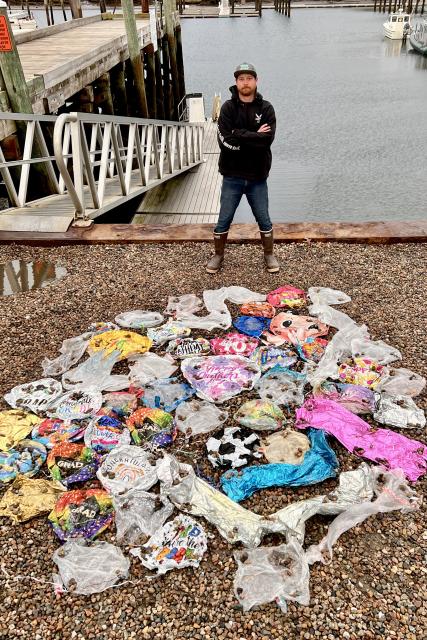
balloons that he “caught” during one season of
fishing charters off of Cape Cod, Massachusetts.
Courtesy of NOAA
As we enter the season of graduations and outdoor celebrations of all kinds, intentional balloon releases will multiply, and so will the risks to whales, dolphins, and other ocean animals. Many states—including Connecticut, Florida, Georgia, Hawaii, Maine, Maryland, and Virginia—have banned the intentional release of balloons. Many coastal cities have followed suit, even where no statewide ban exists. Together, we can join the fishermen in collecting debris—including balloons—and disposing of it properly. We can educate our friends and neighbors. And we can work to ensure that our communities are enforcing state bans or enacting local ones. Let’s celebrate life’s milestones and honor our ocean, knowing that our actions can make a significant difference.
—
1 https://www.fisheries.noaa.gov/feature-story/unwelcome-catch-fishermens-stewardship-role-reeling-marine-debris
